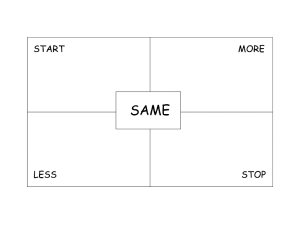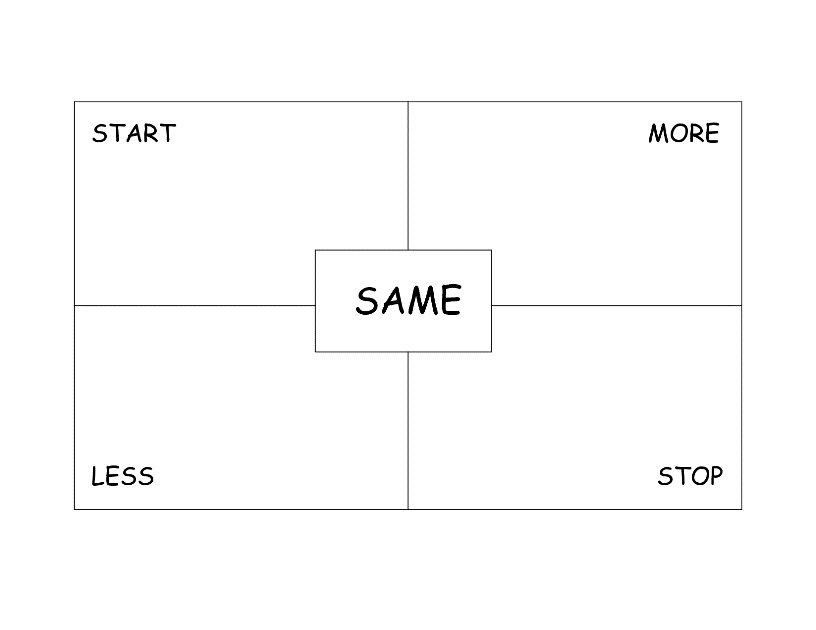In an earlier blog, we discussed how important it is to determine the cost of your current data situation. By putting a price tag on any dissatisfaction you are experiencing with your data, you can then make a rational, informed choice between continuing to incur its cost or investing in a solution. The cost you calculate does not need to be precise, just a realistic and generally accurate number.
We find that many of our clients do not know where to start when trying to calculate these costs. Using three types of figures will help you determine the cost of your current situation:
- Direct numbers: Established or known figures such as dues amounts and registrant fees
- Indirect numbers: Inferred or estimated figures such as staff time
- Lost opportunities: Figures representing the options that you cannot pursue because of the resources consumed by the current situation, such as new services that are not provided that could increase revenue.
Determining Numbers
Direct Numbers:
To determine the direct numbers, answer the below questions:
- What areas have dropped in revenue in the last few years? How much have you lost?
- Can you give a ball park number as to what the current situation costs? What does your experience tell you the situation is costing?
Indirect and Lost Opportunity Numbers:
One way to determine these numbers is by playing the “Start, Stop, Same, More, Less” game. Ask your staff to write down on post-it notes what work they do during the day, e.g. pull event reports, answer phone calls, etc. Next, ask them the following questions:
- (Stop) – Is this something that has little to no value for your association?
- (Less) – Is this something that provides value but takes up more of your time than it should?
- (More) – Is this something that provides value but you never get to spend the amount of time on it that it deserves?
- (Same) – Is this something that provides value and you spend the appropriate amount of time on?
Then, have them place the post-it notes on a printed version of the image, based on their answer to the above questions.
Next, ask your staff “If you had time during your day, what would do with your time to bring value to our members?” Give them a few minutes to brainstorm ideas and write them down on the post-it notes. Place those post-it notes in the “Start” category.
Now you have the data you need to calculate indirect and lost opportunity costs. Take the items in “Stop” and “Less” categories and assign hour values to them. These are the hours you are losing in staff time on low-value activities. Grab the “Start” categories and determine what revenue you could bring in if you could begin providing your members with these items.
Using these numbers you determine above, you have the information you need to begin calculating the cost of your current situation. By establishing an accurate cost of the situation and comparing that the cost of a solution, you’ll be able to determine if the solution is a financially worthwhile and valuable endeavor.




